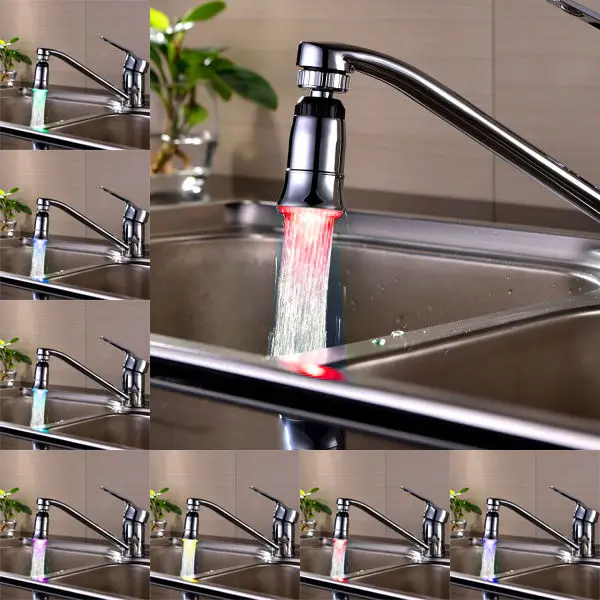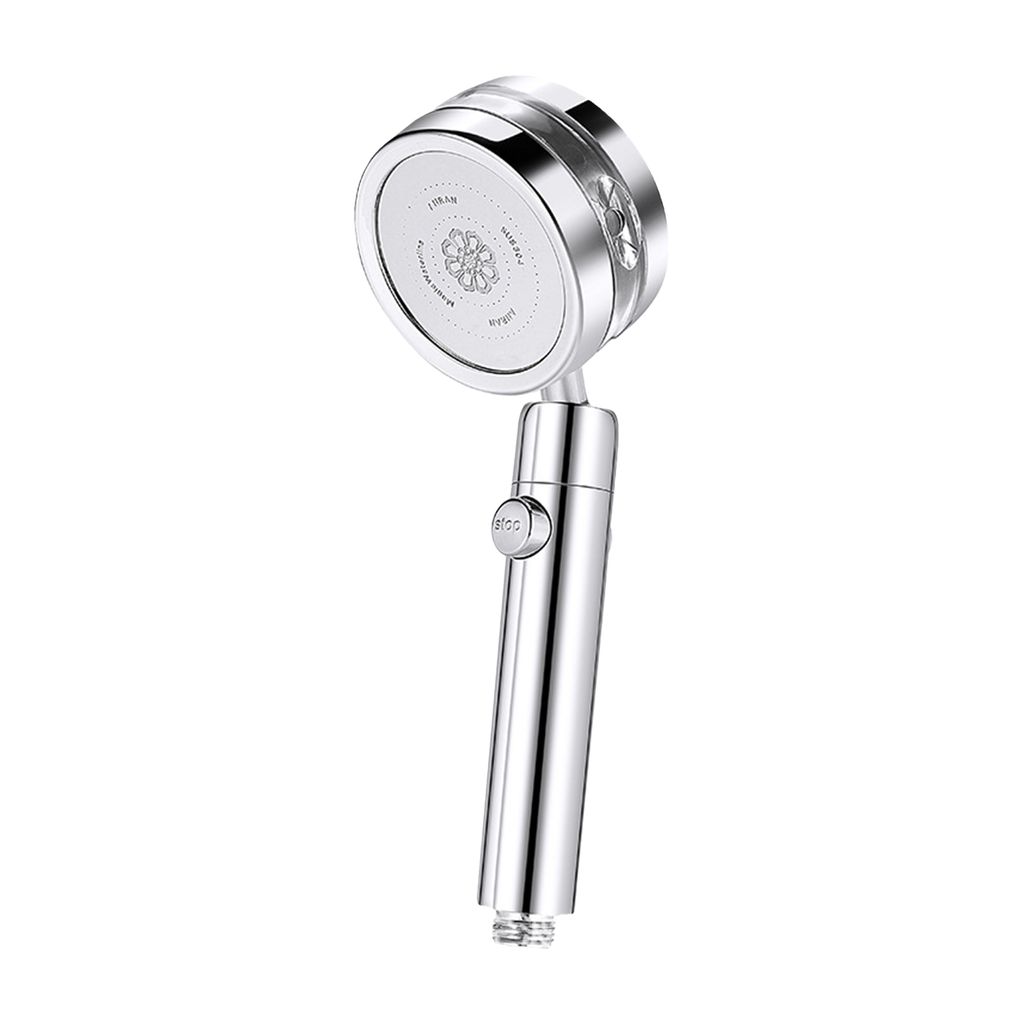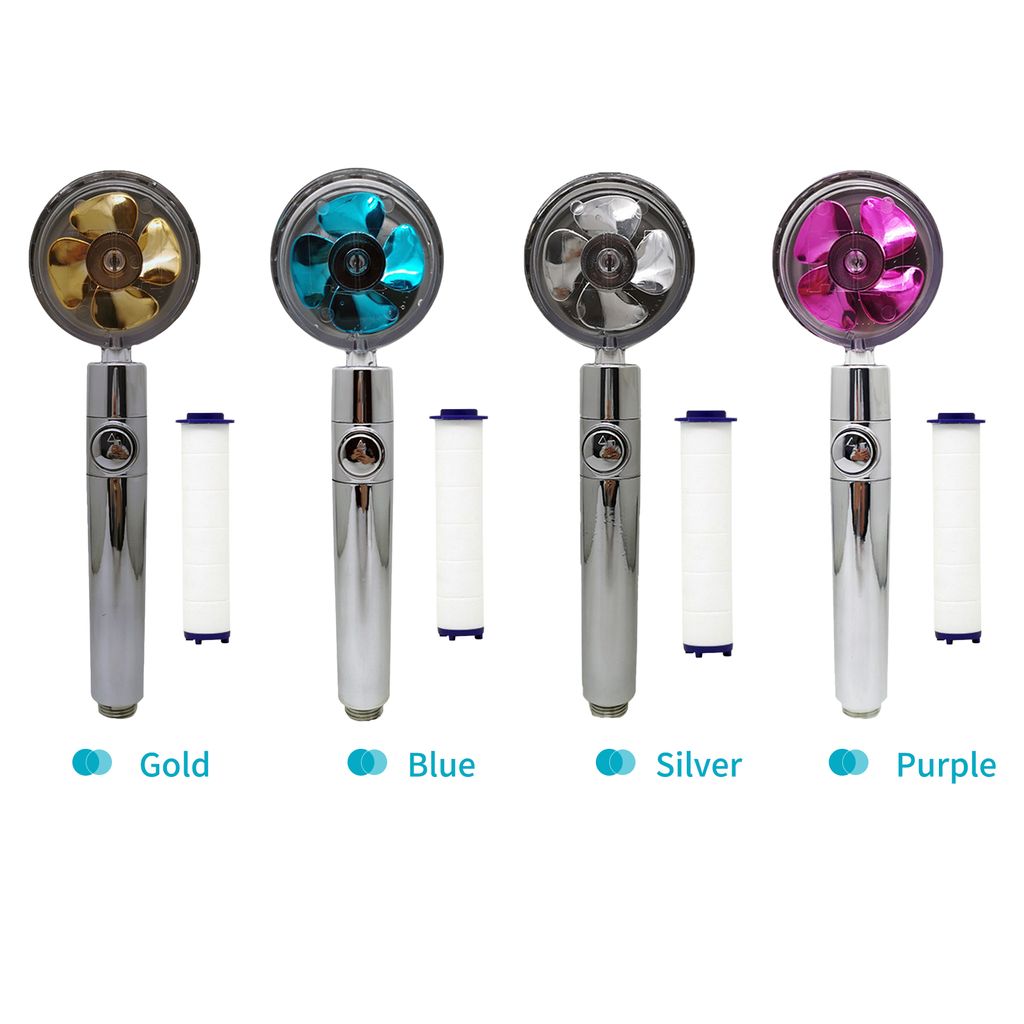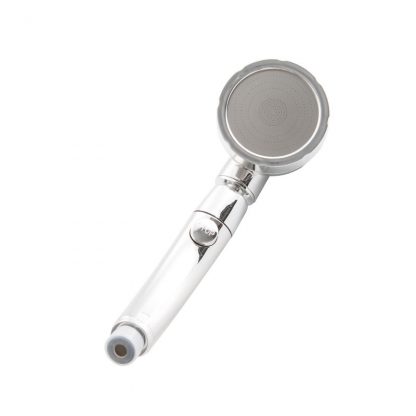
Duschkopf, Hochdruck Handbrause Wassersparender, Druckerhöhend Duschkopf mit Filter-Funktion, 360 Grad Jets Drehbarer , Kinder Duschköpfe Badezimmer Duschkopf, Anschlussgewinde G ½ (Blau) : Amazon.de: Baumarkt

Handbrausehalter, omnidirektionaler Duschkopf aus Kupfer, 360 Grad verstellbar verchromte Wandhalterung für Duschkopf : Amazon.de: Baumarkt

Hochdruck-Propeller-Handbrause,360 ° Duschkopf Turbolader Wassersparender Drehduschkopf,mit Filter und Schalter,für Badewannen-Duschkopf (Gold)

Duschkopf Wassersparender Durchfluss 360 Grad Drehung mit kleinem Ventilator ABS Regen Hochdruck-Sprühdüse Badezimmerzubehör günstig kaufen — Preis, kostenlose Lieferung, echte Bewertungen mit Fotos — Joom

Duschkopf Handbrause Mit Filtrieren Stoppfunktion Für Baden Und Spa H1 in 2022 | Duschkopf, Dusche, Brause

2021 Duschkopf Wassersparender Durchfluss 360 Grad Drehung mit kleinem Ventilator ABS Regen Hochdruck-Sprühdüse Badezimmerzubehör günstig kaufen — Preis, kostenlose Lieferung, echte Bewertungen mit Fotos — Joom

Duschkopf Wassersparender Duschkopf 360 Grad drehbar mit kleinem Ventilator ABS Regen Hochdruck-Sprühdüse Badezimmerzubehör günstig kaufen — Preis, kostenlose Lieferung, echte Bewertungen mit Fotos — Joom

Resik Handbrause »Propeller Duschkopf Mit Filter,Regendusche Brausekopf Mit Wassersparend,360 Grad Drehbarer Duschkopf Hochdruck, Einfache Installation (Blau)« online kaufen | OTTO

YARADECRO Duschkopf, 360 Grad Ratation, Hochdruck-Handbrause, mit An-/Aus-Pause und Fluss-Einstellschalter für Badewanne, abnehmbares Badezimmer-Zubehör, Chrom : Amazon.de: Baumarkt

Farblicht 360 Grad Drehen Belüftung Duschkopf( Sieben Farben Ausbleichen Typ) - Buy Erhitzt Duschkopf Product on Alibaba.com














